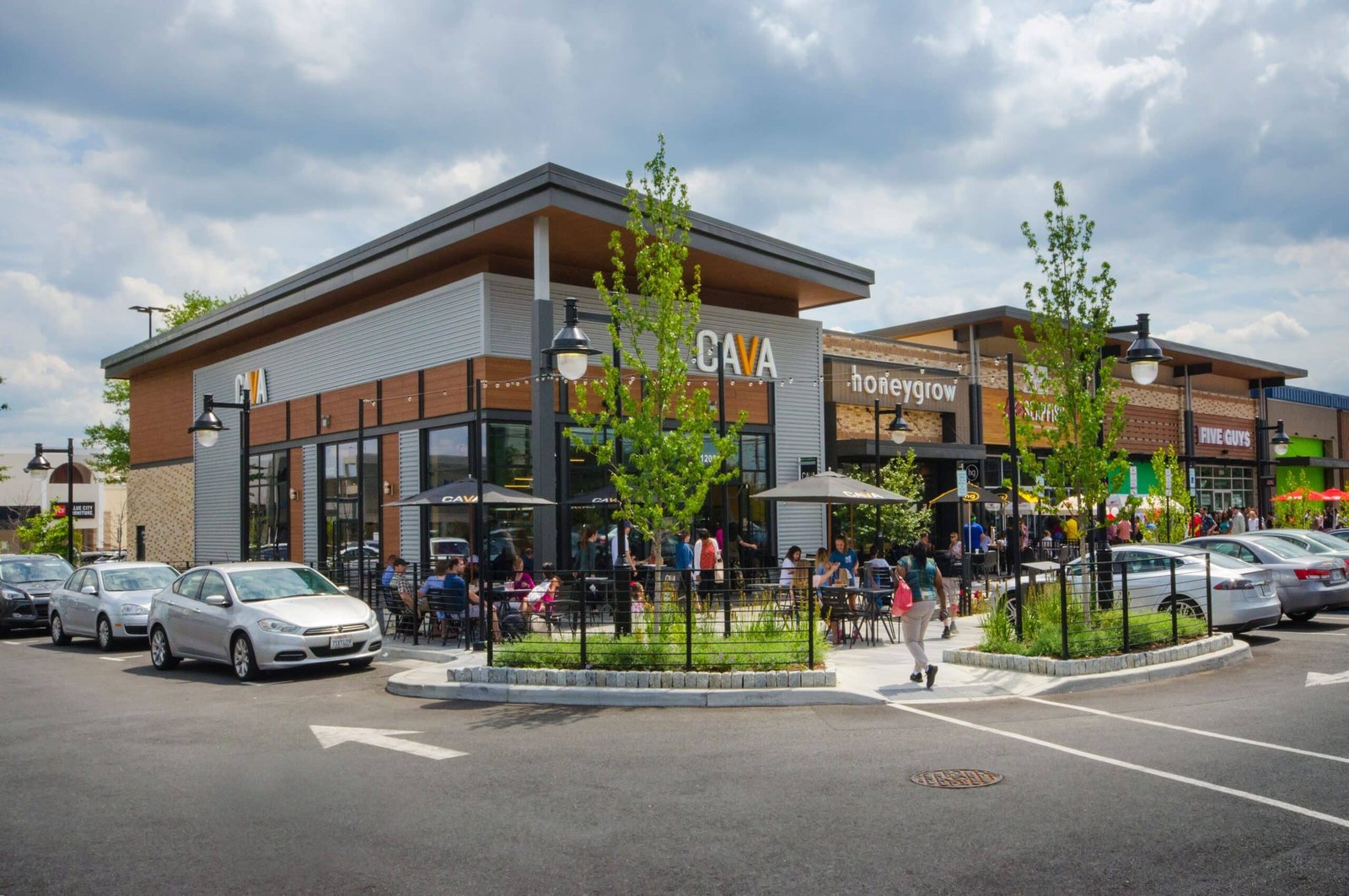When it comes to exploring the world of Cava, the sparkling wine produced in the Catalonia region of Spain, there is no shortage of options. With numerous wineries, vineyards, and tasting rooms scattered throughout the area, it can be overwhelming to decide where to begin. However, if you’re looking for a comprehensive experience that encompasses the rich history, exquisite flavors, and stunning landscapes that Cava has to offer, there is, indeed, a specific route that you can follow. In this article, we will guide you through this route, giving you a taste of the best Cava has to offer.
The Cava route, also known as «Cava Country» or «Cava Trail», is a journey through the Penedès region of Catalonia, where the majority of Cava production takes place. This region is located just south of Barcelona and is famous for its vineyards that stretch across picturesque hillsides. The route connects several towns and villages that are home to some of the most renowned Cava producers in the world, offering visitors the opportunity to immerse themselves in the history, culture, and flavors of this iconic sparkling wine.
1. Sant Sadurní d’Anoia: The Capital of Cava
Sant Sadurní d’Anoia is the birthplace of Cava and the heart of the Cava production in Catalonia. It is home to numerous Cava producers, including some of the most prestigious ones like Codorníu and Freixenet. A visit to Sant Sadurní d’Anoia is a must for any Cava enthusiast, as it provides a unique opportunity to learn about the production process and the history of Cava.
Start your journey by visiting the Codorníu winery, which dates back to the 16th century and is one of the oldest Cava houses in the region. Take a guided tour through the underground cellars, where millions of bottles of Cava are stored and aged. Learn about the traditional method of producing Cava, known as the «Méthode Champenoise,» and see the intricate process of riddling and disgorging.
Next, head to the Freixenet winery, where you can explore the impressive cellars and learn about the history of this iconic brand. Don’t forget to indulge in a tasting of their renowned Cava varieties, ranging from the classic Brut to the more exclusive Reserva and Gran Reserva.
2. Vilafranca del Penedès: The Wine Capital
Vilafranca del Penedès is a charming town located just a short drive from Sant Sadurní d’Anoia. Known as the wine capital of the Penedès region, it offers a wide range of cultural and gastronomic experiences that go beyond Cava.
Visit the Vinseum, the wine museum of Catalonia, located in the heart of Vilafranca del Penedès. Explore the exhibits that showcase the history, culture, and traditions of wine production in the region. Don’t miss the opportunity to try some of the local wines from the Penedès region at the museum’s wine bar.
Afterward, take a leisurely stroll through the town streets and visit the Mercat de la Vila, a traditional market where you can find a variety of local products, including wines, cheeses, and cured meats. Indulge in a wine and food pairing experience at one of the many traditional tapas bars or restaurants in the area.
3. The Vineyards of Subirats and Sant Sadurní d’Anoia
Leaving the town centers behind, venture into the stunning countryside of Subirats and Sant Sadurní d’Anoia, where the vineyards stretch as far as the eye can see. Take a scenic drive or bike ride through the vineyards, or if you prefer a more leisurely experience, hop on a wine train or horse-drawn carriage for a guided tour.
Many wineries in the area offer guided tours and tastings, allowing you to delve deeper into the world of Cava production. From small family-owned cellars to large-scale producers, each winery has its own unique story to tell. Learn about the different grape varieties used in the production of Cava, such as Macabeo, Xarel·lo, and Parellada, and discover how the terroir of the Penedès region contributes to the flavors and aromas of the sparkling wine.
Some wineries also offer hands-on experiences, allowing you to participate in activities such as grape harvesting or blending your own Cava. These immersive experiences provide a deeper appreciation for the artistry and craftsmanship behind every bottle of Cava.
4. The Natural Park of Garraf
As you continue your journey, make sure to stop by the Natural Park of Garraf, a beautiful coastal area located between Barcelona and the Penedès region. This protected park offers stunning landscapes, including rugged cliffs, secluded coves, and lush vegetation. Take a scenic hike or bike ride through the park, immersing yourself in the natural beauty that surrounds you.
After working up an appetite, head to one of the seaside towns in the area, such as Sitges or Vilanova i la Geltrú, where you can indulge in a delicious seafood feast paired with a glass of local Cava. These charming towns offer a perfect blend of sun, sea, and gastronomy, making them an ideal spot to relax and unwind after your Cava adventure.
In conclusion, while there isn’t a specific Cava route that everyone must follow, the Cava Country in Catalonia offers a comprehensive experience for anyone looking to explore the world of Cava. From the prestigious wineries of Sant Sadurní d’Anoia to the charming town of Vilafranca del Penedès, and the breathtaking landscapes of Subirats and Garraf, this route allows you to immerse yourself in the rich history, exquisite flavors, and stunning landscapes of Cava. So grab a glass, raise a toast, and embark on a journey through Cava Country, where every sip tells a story.
